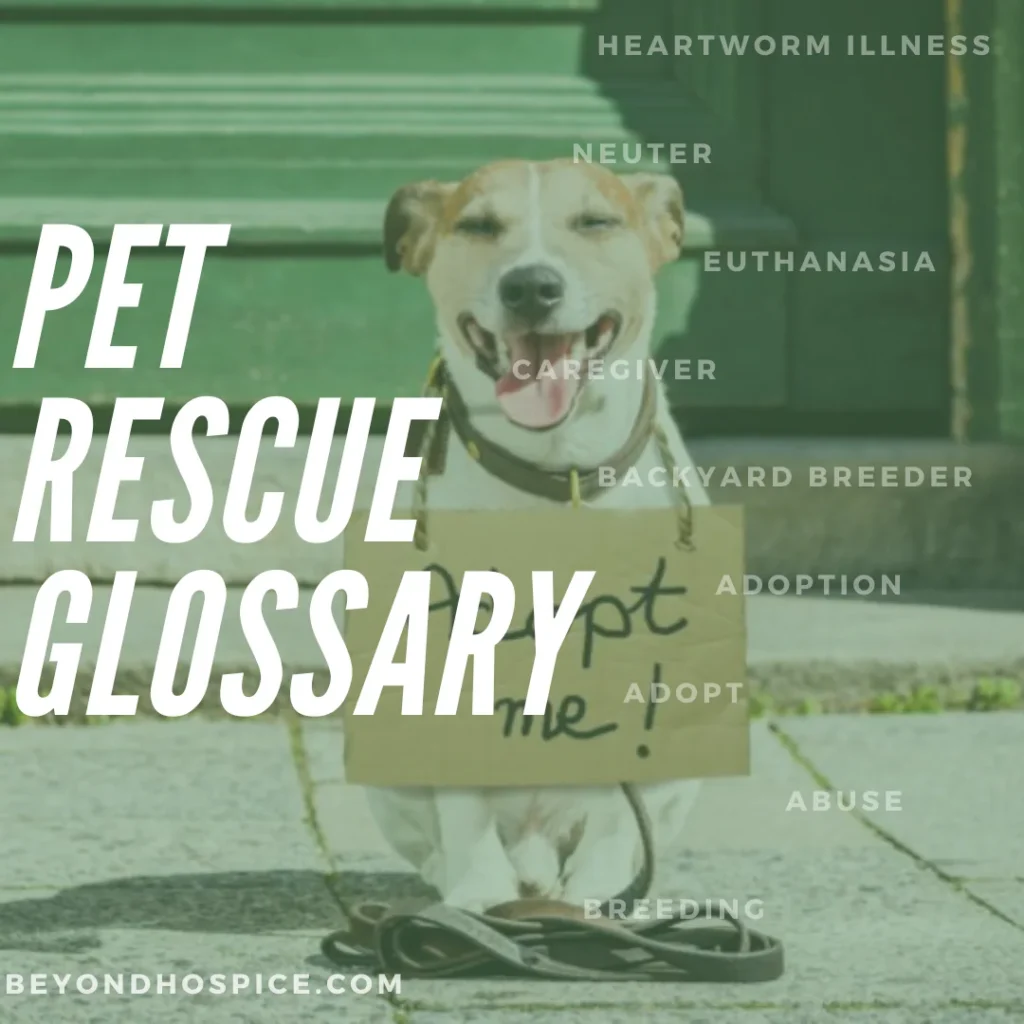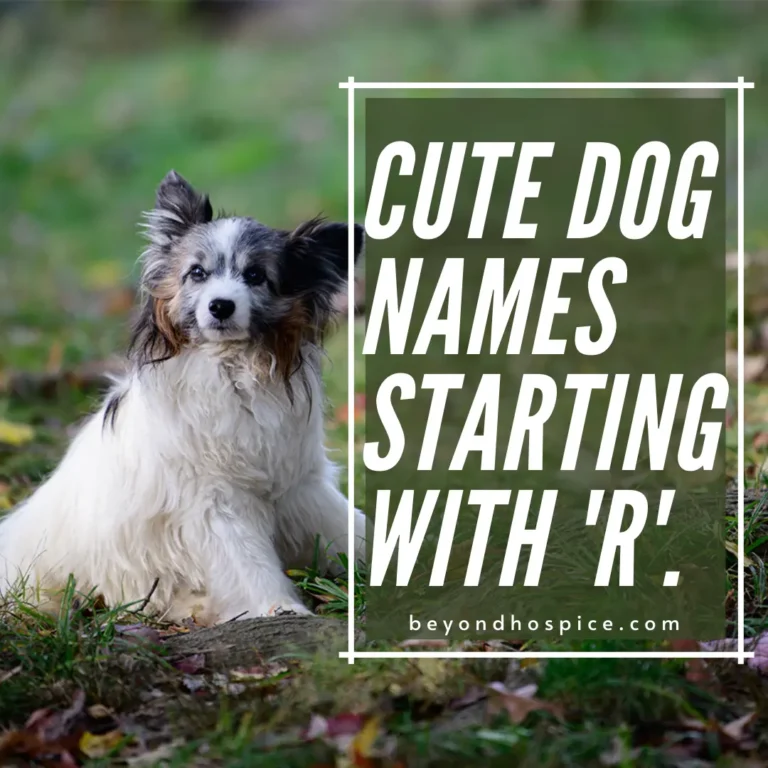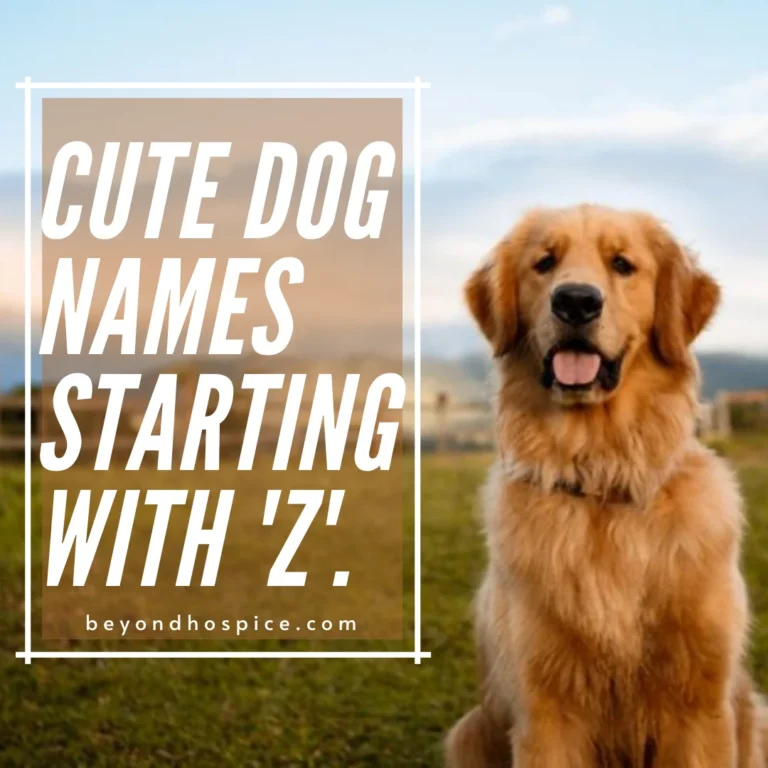Pet Rescue Glossary – Everything term You Need To Know About Pet Adoption

If you want a new pet without breaking the bank, the first place to look for adoptable animals is at an animal shelter.
When considering adopting a pet, we are aware of how confusing the terminology on the documents may seem.
You can get acquainted with many of the processes and policies and processes you’ll encounter using this guide. A pet rescue glossary related to animal shelters, rescues, and adoptions.
Pet Rescue Glossary
Abuse
Animal rescues protect dogs and cats from cruel environments and abusive people. When an animal has been subjected to cruelty, neglect, or abuse, they frequently come to the rescue. It is crucial that these pups and kittens are saved and transferred to a loving home because animal mistreatment is common in puppy mills and when pets are allowed to keep producing unwanted litters.
Adopt
to treat an animal as one’s own and care for it. Puppies and kittens can be adopted from animal shelters for little to no money.
Adoption
A procedure by which a pet in need of rescue is given a long-term home.
Application for Adoption
The application that a person must fill out in order to adopt an animal from a shelter or rescue. The adoption application should outline the adoption procedure in further detail and include any prerequisites. On their websites, the majority of shelters and rescues make their adoption application public.
Adoption Event:
A public event at which a shelter or animal rescue will have some of its adoptable animals on hand. While some events may require an application process to be finished in advance, others may offer animals that may be taken home the same day.
Adoption Fee
The price to adopt an animal from a rescue or shelter. The costs of veterinary care (spay/neuter surgery, immunizations), food, and transportation are covered by the fees imposed by each rescue and shelter.
Adoption Outreach Centers
Places (often vet clinics or pet shops) where adoptable animals from a nearby animal shelter or rescue are displayed.
Adoption Process
The procedure for adopting an animal out of a shelter or rescue. Each shelter and rescue has a unique adoption procedure, which should be described in the documents accompanying the adoption application. Depending on the pre-adoption procedures of the rescue, such as home checks and vet references, some shelters (and a few rescues) may accept adopters the same day, while others will take longer.
Animal Rescue or Shelter
Animal rescue or shelters are organizations that take in stray, abandoned, hurt, or lost animals and give them the care they require until they are adopted by a loving family. They also support the battle against pet cruelty and, when needed, aid with enforcement.
Animal Control
An (often) municipal government organization that impounds stray and/or dangerous animals after receiving public reports about them. Normally, an organization that works to protect the public from animals is not an animal welfare organization.
Backyard Breeder
a person who decides to breed their household pet for whatever reason, not always for financial gain. These breeders lack a license, and their dogs frequently lack registration documents or verification of bloodlines.
Behavior Assessment
Testing an animal’s behavior in a shelter environment is known as behavior assessment (also known as temperament testing). Tests are based on a variety of interactions, including how a dog behaves around people, other dogs, cats, and food.
Breeding
Producing progeny. To prevent unintended pregnancy and unintentional breeding, owners should neuter or spay their pets. This is the primary factor in strays, which is unfair to animals.
Caregiver
A person in charge of a colony of feral cats, who also provides them with food and medical attention.
Collector
A person who purchases and keeps a lot of pets without taking good care of them. Also known as hoarders, these individuals frequently engage in this behavior as a symptom of obsessive-compulsive disorder and are unaware of the devastating consequences of their actions.
Commercial breeder
licensed breeders who produce animals of various breeds for profit. Commercial breeders typically provide their puppies greater veterinary care and socialization than puppymills, but they are not picky about where they go to live.
Cruelty
Animals that have been physically harmed or injured by a person or group of people.
Domestic
an animal that over many generations has adapted to humans. Likewise known as companion animals.
Ethical Breeder
a breeder who does not breed for profit but rather to enhance the breed. Before breeding their female, these breeders had her thoroughly examined for any genetic flaws. The breeder has also looked into the canine pedigrees to ensure compatibility. They thoroughly vet those looking to buy puppies and give the puppies a lot of love and care. In the life of the puppy, ethical breeders typically act as an extended family member and do not breed for financial gain.
Euthanasia
Putting an animal to death.
Feline Immunodeficiency Virus (FIV)
this refers to a retrovirus that only affects cats and is typically spread via bite wounds, grooming, or sharing food. Since FIV is less prevalent than FeLV, FIV+ cats frequently enjoy long, symptom-free lives.
Feline Leukemia Virus (FeLV)
FeLV, a retrovirus that only affects cats, damages the immune system, leaving the cat more vulnerable to illnesses that it might otherwise be able to fight. FeLV spreads quickly and is very contagious.
Foster
a volunteer who takes care of adoptable animals for shelters or rescue organizations while they wait to find them a permanent home.
Foster to Adopt
the practice of temporarily housing an adoptable animal in your house with the goal of adoption. a procedure to determine whether the animal would fit well in your home before finalizing the adoption.
Foster Failure
when someone who is fostering a pet “fails” by adopting the pet.
Guardian
utilized to show that pets are no longer considered to be property but rather codependent members of a family in a politically correct manner.
Heartworm Illness
a potentially lethal condition in dogs where the heart and major nearby arteries have heartworms. Heartworm illness is spread by 30 different types of mosquitoes, but it can be avoided by regularly using a prophylactic that your veterinarian has recommended.
Kill-shelter
a place that regularly puts animals to death, generally an animal control shelter.
Limited Access:
A shelter or rescue for animals that either imposes restrictions on the animals it accepts or only accepts animals if there is space available.
Neglect
denying a pet (or pets) of the most fundamental needs, such as food, water, shelter, and medical attention.
Neuter
removing a male pet’s testicles surgically in order to stop reproduction. Also known as “changing,” “fixing,” and “sterilizing.” Occasionally used as a neutral phrase. Unaltered refers to animals that have not been neutered.
No Kill:
When referring to an animal shelter that doesn’t put animals to death to make room, the term “no kill” is frequently used. There are two widely used (and contested) definitions of “no kill”:
- An animal shelter or rescue that rescues (doesn’t put to death) at least 90% of the animals that come in has a no kill policy.
- A no-kill animal shelter or rescue, which only euthanizes animals that are terminally ill or judged hazardous because of behavioral problems and does not kill treatable animals or healthy animals for space.
Open Door Policy
An animal shelter with an open door policy welcomes any stray, surrendered, and abandoned animals. Regardless of how packed they are, they accept pets.
Safer Test
As they engage with other dogs, people, food, and toys in the safer test conditions, the test dogs are watched for any indications of uneasiness or hostility.
Save Rate
The percentage of animals that an animal shelter saves (as opposed to euthanizing). The entire number of animals taken into a shelter in a particular year is divided by the total number of animals that had live outcomes (adopted, transferred to a rescue, or returned to owner) and the total number of animals that were put to death. This ratio is used to compute save rates.
Overpopulation
There are too many puppies and kittens born and not enough families to house them all.
Pedigree
The lineage of a pet. It will reveal which animals have achieved championship requirements and winning positions in competitions.
Pound
a location where strays may end up after being discovered on the streets, saved, or abandoned by their owners. These animals are occasionally placed in foster homes so they won’t have to be put to sleep or until they are prepared for adoption.
Puppymill
commercial breeding operations that sell puppies to pet stores, at flea markets, or through newspaper advertisements are typically unregistered. Puppies raised in puppymills receive subpar care and socialization. These breeders will sell puppies to anyone with money, breed exclusively for financial gain, and provide a variety of breeds.
Rabies
Rabies is a virus that kills mammals by attacking their central nervous systems. Both animals and people are capable of spreading the rabies virus.
Registration Papers
Evidence showing your dog is purebred, that both of its parents are listed with the kennel club in the country of origin, and that it is qualified to compete in AKC/CKC sanctioned competitions.
Rescue
A program or group that takes in abandoned, abused, abandoned, stray, or surrendered pets, gives them the care they need, and seeks to find them permanent homes.
Rescue Transport
A planned rescue operation (often interstate) in which volunteers from different rescue groups travel several hundred miles to remove adoptable animals from kill shelters and transport them to a rescue for adoption or transport adopted animals from a rescue to their new home.
Shelter
A place where abandoned or stray animals are kept until they can be adopted.
Spay
The surgical removal of the uterus and ovaries from female pets in order to stop reproduction.
Special Needs Pet
A pet that needs particular care due to a handicap or illness.
Stray
a friendly or former domestic pet who is homeless or unsupervised. Likewise known as “unowned.”
Surrender
Donating a pet to a rescue or shelter for adoption.
Tame
a pet that was wild when it was a baby but has since learned to trust people.
Trial Period
Trial Period: You can return the pet to the shelter if it isn’t a suitable fit, and depending on any temperamental or medical issues, it might be put back up for adoption.
Trap-Neuter-Return (TNR)
Trap-Neuter-Return (TNR) is a comprehensive, continuous program that involves humanely capturing feral cats, neutering and sterilizing them, and then releasing them back to where they were captured. Usually, docile cats and young kittens are available for adoption.
Vet Check:
On their adoption applications, some shelters and rescues may request the name and contact information of your current veterinarian (if appropriate). They might ask your veterinarian to check the health records of your present (or former) pets to see if they’ve been spayed or neutered and have all of their shots.




